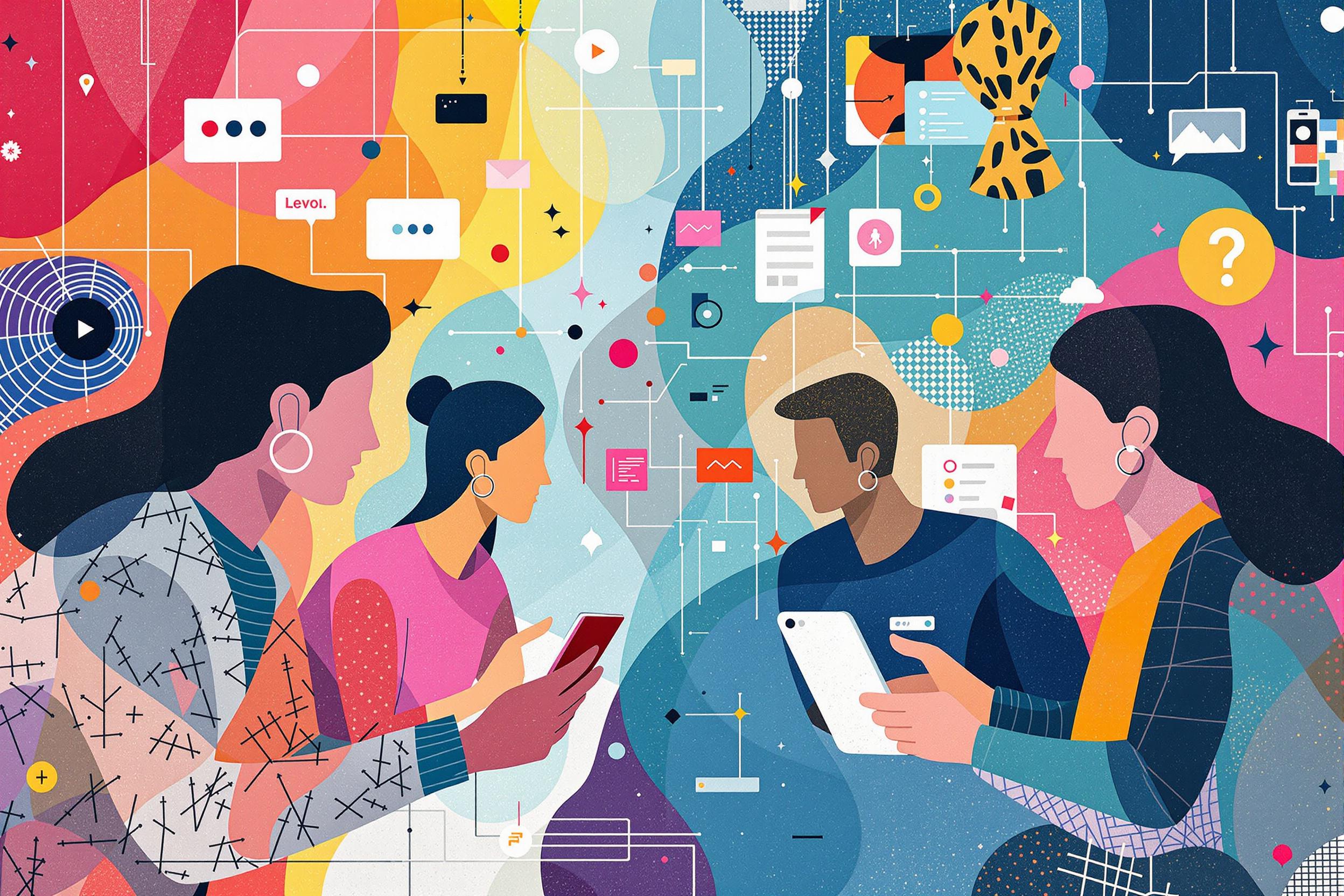
Vector Illustration
Vector illustration is a type of digital artwork where images are created using mathematical formulas rather than pixels. This means the artwork can be resized without losing quality - making it perfect for logos, brand materials, and marketing graphics. Unlike regular digital drawings or photos that can become blurry when enlarged, vector illustrations stay crisp and clear at any size. Designers often use programs like Adobe Illustrator, Inkscape, or Affinity Designer to create these illustrations. When you see clean, modern illustrations in company logos, infographics, or marketing materials, they're usually vector illustrations.
Examples in Resumes
Created scalable brand assets using Vector Illustration techniques for major retail clients
Developed series of Vector Illustrations for company's marketing campaign
Led team in creating Vector Art and Vector Graphics for educational materials
Designed custom Vector-Based Illustrations for mobile app interface
Typical job title: "Vector Illustrators"
Also try searching for:
Where to Find Vector Illustrators
Online Communities
Job Boards
Portfolio Sites
- • Behance
- • Dribbble
- • ArtStation
Professional Networks
Example Interview Questions
Senior Level Questions
Q: How do you manage large-scale illustration projects with multiple stakeholders?
Expected Answer: Should discuss project management skills, communication with clients, organizing file systems, creating style guides, and managing team members while maintaining consistent quality across all deliverables.
Q: How do you approach creating a cohesive illustration style for a brand?
Expected Answer: Should explain process of analyzing brand values, target audience, creating mood boards, developing style guides, and ensuring consistency across different applications while maintaining scalability.
Mid Level Questions
Q: What's your process for converting a client's rough sketch into a polished vector illustration?
Expected Answer: Should explain their workflow from initial sketch interpretation through creating basic shapes, refining details, choosing colors, and preparing files for different uses.
Q: How do you ensure your illustrations work across different platforms and sizes?
Expected Answer: Should discuss creating scalable designs, testing at different sizes, preparing files for various media (print, web, mobile), and maintaining quality across all formats.
Junior Level Questions
Q: What's the difference between vector and raster graphics?
Expected Answer: Should explain that vector graphics use mathematical formulas to create scalable images, while raster graphics use pixels and lose quality when enlarged.
Q: What basic tools do you use most often when creating vector illustrations?
Expected Answer: Should mention pen tool, shape tools, pathfinder, align tools, and color tools, with basic understanding of how each contributes to creating illustrations.
Experience Level Indicators
Junior (0-2 years)
- Basic vector software operation
- Simple icon and logo creation
- Understanding of color theory
- Basic illustration techniques
Mid (2-5 years)
- Complex illustration creation
- Brand style guide implementation
- Advanced software proficiency
- Client communication skills
Senior (5+ years)
- Project and team leadership
- Advanced illustration style development
- Multi-platform design expertise
- Creative direction capabilities
Red Flags to Watch For
- No portfolio of vector work
- Inability to explain the difference between vector and raster graphics
- No experience with industry-standard design software
- Poor understanding of file formats and delivery requirements
- Lack of knowledge about commercial printing processes
Need more hiring wisdom? Check these out...

When Job Ads Dance: Why Your Next Hire Might Come From a 20-Second TikTok

Employer Branding: Your Secret Weapon to Attract Top Talent in 2025

Unleashing Gen Z Talent: Mastering the Virtual Internship Experience

